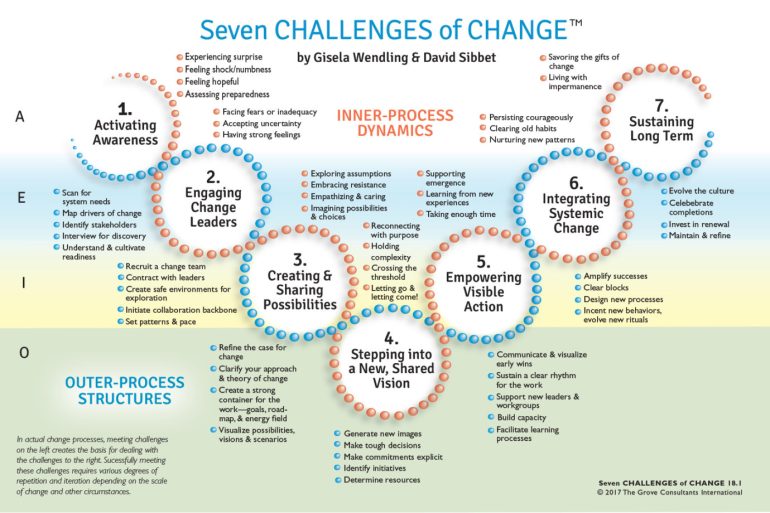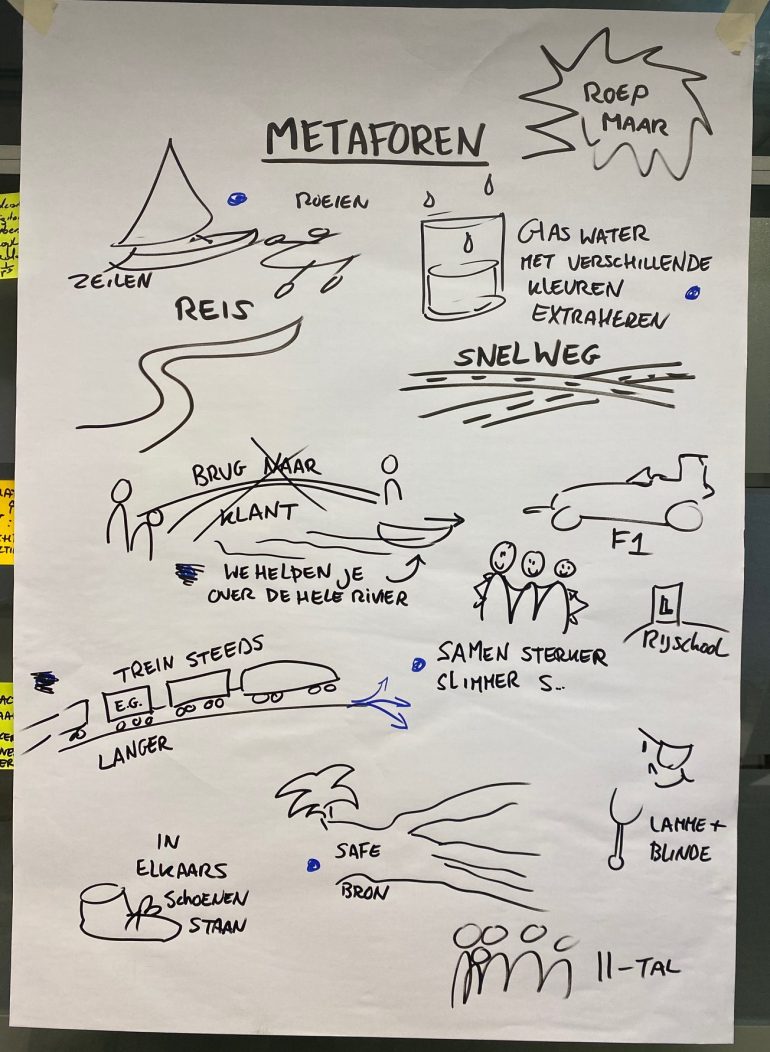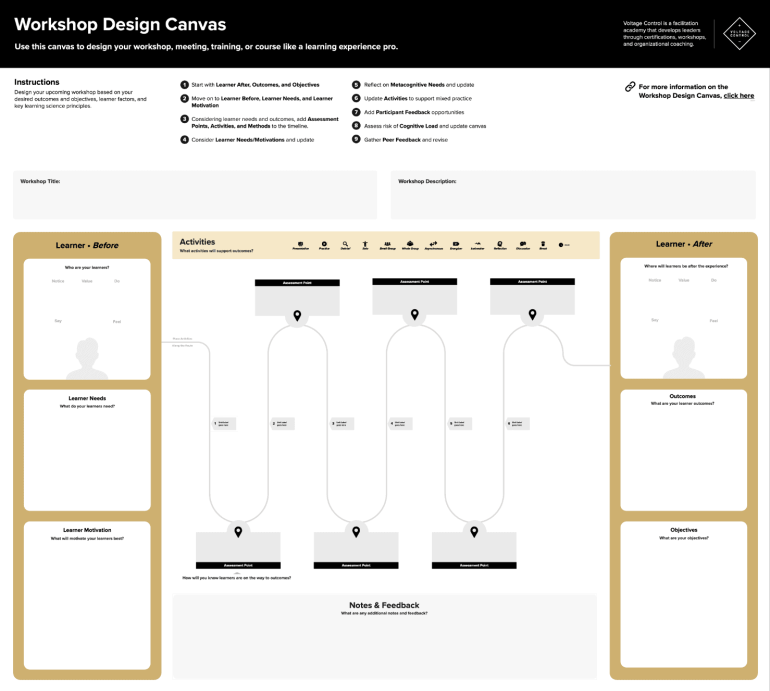Social psychology, education, sports and change management all use it: visualization. The key to more targeted action and better results is visualization. How does that work? To better understand how this comes about, I delved into research on the issue: why does visualizing (internally or externally in physical space) lead to more goal orientation? Using examples, I explain how agile lean working and visualization relate to each other.
3 forms of visualization
Visualizing can be done internally (in thoughts) and from internally to externally, in physical space. The method you choose is tailored to the needs of the person visualizing and the type of collaboration. You can visualize by:
- Make a mental visualization of your performance (top sport).
- Use visual metaphors for imaging.
- Create a shared mental model (and therefore a vision).
In “The 7 Habits Of Highly Effective People,” Steven Covey explains “that all things are made twice. First comes the mental, the visualization, and then the physical creation.’ This is the starting point for property 2which is about understanding the end result.
Evidence for goal-directedness through visualization
4 principles that show that visualizing leads to more goal-orientedness:
- Visualize the work in actions = increase purposefulness.
- Your brain doesn’t distinguish between real and fake.
- Visualization makes your internal dialogue visible and therefore open to discussion.
- Visual metaphors make abstract concepts easier to understand.
In this article I explain what is behind the principle, based on scientific research and proven methods from agile lean working.
Principle 1: visualize the work in actions = increase purpose
Scientists Pham and Taylor (1999, University of California) conducted research on students who soon had to take an exam. Group 1 visualized the goal (passing the exam), group 2 visualized the actions needed to achieve the goal.
Result: group 2 actually spent more time on preparation and achieved better results. This proved that visualizing has a positive effect on the purposefulness of how you spend your time. They thus demonstrated a ‘hard’ connection between preparation time and results achieved.
A team that uses lean agile principles uses this principle:
- A simple Work Breakdown Structure (WBS) helps to deliver what you agree on; it visually organizes the project deliverables at different levels, based on dependencies.
- Refinement of the Product and Sprint Backlog add value because you consider what work needs to be done before you can achieve your goal. This allows you to visualize the steps towards your goal.
- Working with sprint goals improves your daily stand-up significant: it makes the purposefulness of the tasks and their mutual coherence visible (if all goes well in a Work Breakdown of feature Unpleasant user story in tasks).
By doing this ‘exercise’ mentally, your brain can speed up the translation from thought to action.
What I hear, I forget. What I see, I remember. What I do, I understand. (Confucius)
Principle 2: your brain does not distinguish between real and fake
Training your body and mindset through visualization is very common in sports. Research shows that mental training actually increases muscle strength. Our brain knows no difference between visualizing the action or actually experiencing the action with your body. That’s because ‘neurons in our brain process mental images in the same way as physical action.’ That works as follows:
- When you visualize an action, your brain creates an impulse.
- That signal tells the network of neurons to perform the movement.
- By visualizing you train your brain and build new neural connections and networks. Super cool!
This technique has long been used in sports, but you can also apply this principle in a different type of environment. What matters is that your brain generates an impulse, after which the signal is ‘executed’ more easily and quickly.
This way you and your team can visualize what the interim delivery looks like at the start of a project, or of each iteration. How? By doing a dress rehearsal of a presentation. By the peerreview (IT) to be used as a presentation moment. As a result:
- Does it become personal (‘I am standing here in front of the real thing’) and you feel the emotion.
- You are more likely to take action. Visualizing makes you feel the need, instead of just cognitively understanding it.
Principle 3: visualization makes your internal dialogue visible and therefore open to discussion
When devising an annual plan, team vision or MVP, you use data and insights, but also your internal world. Because the image you see before you is linked to the conversation you have with yourself. When something triggers you, it evokes an internal image in you, which makes you feel good or less good. Images evoke emotions. With that images make you realityyour internal world.
After the internal visualization you can go one step further; bringing together the internal world externally (in physical space). Two proven methods are:
- Visual change management: visual techniques, tools and method.
- Obeya: a ‘big room’ where every goal and task of an organization is visualized.
Visual change management
David Sibbit (The Grove) is a big name in visual change management. He developed various models and visual techniques to manage change in organizations. His work is an example of how visual techniques help to make internal dialogue visible and open to discussion.
One of Sibbit’s models is the ‘Seven changes of change’ model; This provides tools for managing change, in data and in behavior. You visualize:
- Possibilities, vision and scenarios.
- New images (visualization), which makes it possible to step into the new reality.
- The first successes.
By visualizing the internal world externally, possibilities, new images and first successes become visible and open to discussion.

Bron: David Sibbit,
Obeya en Toyota Kata
Obeya is a Japanese word meaning ‘large room’. It is used as a visual space for collaboration. In that space, strategic management, problem solving and decision-making are central. You do this by presenting important information, plans, progress reports and objectives in a visual manner.
Obeya is an environment for teams, where there is transparent communication, problems are recognized and where solutions are sought (in real-time) for tough problems.
Tim Wiegel developed ‘Leading with Obeya’; a method to effectively use Obeya as a tool for change. Part of the Obeya is solving problems that are difficult to solve issues via Toyota Kata. The issue is visualized and a coach and a team member (the ‘improver‘) to work on coming up with a good solution to the problem. What matters is: what have you learned from what went wrong?
Principle 4. Visual metaphors make abstract concepts understandable
How does it work in your brain?
‘Prioritization is war’, ‘There is no I in team‘. But also: ‘Seeing is knowing’, and ‘Love is a journey’. These are examples where an abstract concept (prioritization, team, seeing, love) is made understandable through a metaphor. The metaphor acts as a kind of map or routing between domains in our brain, transferring properties from the source to the target. And imagine if we replaced ‘war’ with ‘cooperation’. Or ‘I’ would be replaced by ‘together‘? Then we create a new reality with the understanding. This phenomenon is known as the ‘Conceptual Metaphor Theory’.
Gibson Guitar
An example of how properties are transferred from the source to the target through an image is a Gibson Guitar advertisement. The source and target objects are then displayed side by side, making a comparison between the two objects. The power of an atomic bomb is the property that is conveyed. The message in this advertisement is that (the sound of) a Gibson guitar is as powerful as an atomic bomb.

According to scientists Lakoff not Johnson Metaphors are not only linguistic and descriptive, but they shape our thinking and actions in a fundamental way.
You use imagery to understand abstract concepts. Using a different metaphor also makes you think differently about an issue or concept. And the most important thing is that you act differently.
Where Lakoff and Johnson (1980) demonstrate the conceptual nature of metaphors in language, Casasanto (2009) does so in images. In short: external visualization in images (drawing) makes abstract concepts understandable.
How does it work in practice?
In vision processes where we create an animation or talking picture, we therefore first look for a suitable metaphor after the story (script).
- Everything can be shouted, so that the internal dialogue becomes visible.
- Only then can you agree on which image best represents reality.
- So: internal dialogue visible = open to discussion = new image.
I regularly supervise storytelling and storyboard workshops for clients. During one of the last script and storyboard workshops, various metaphors in spoken language were presented:
- The conversation was about abstract concepts such as ‘collaboration’ and ‘member being part of a group
- One said: “Our members wear our colors, like a football team.” The other said: “We work together as a group; this is how we sail across the river where work comes together.”
- Both metaphors have an underlying experience, intention and preference for type of action.

By drawing a metaphor:
- Abstract concepts gain color and meaning.
- The different images come together and nuances in interpretation, feeling and experience become clear.
- Can the metaphor and image be assessed for impact; strike the right chord in the desired behavior of the target group (= members of a community who will soon see the animation).
Get started
Now that you know why visualizing (internally or externally in the physical space) leads to more purposefulness, the next question is: how do I apply it from today? Here is a short step-by-step plan:
Step 1: try it on yourself first
Try it out on your own work first. This way you have an experience from which you can speak.
- Do you make an (annual) plan? Get started with a visual metaphor.
- A test moment soon? Seduce your colleague to practice on dry land.
- No wall to provide insight into strategy and Work Breakdown? Make one in Miro.
Step 2: choose a starting point
- Which team or group will you visualize with?
- Visualizing is about transparency. The question is therefore; who feels comfortable enough to make things visible?
Step 3: think of and express your goal
- Visualizing always supports your goal orientation. It helps with divergence (creating choice) and convergence (making choices).
- Make it specific when and where you use visualization.
- Link the why of visualizing to the larger goal (of a project or a meeting).
- Make a pitch in which you express this. In Jip and Janneketaal.
- Base your pitch on scientific research; use the arguments from this article for this.
Step 4: Form a coalition
- Make sure you give colleagues an introduction before you get started. Use your pitch for this. People only take the plunge if you give them something to hold on to and if you nourish the relationship.
Step 5: create a workshop design
Whether you are doing a Review 2.0 or visually facilitating; start by creating a workshop design. A useful tool for this is the workshop design canvas.

Bron:
Source: www.frankwatching.com



